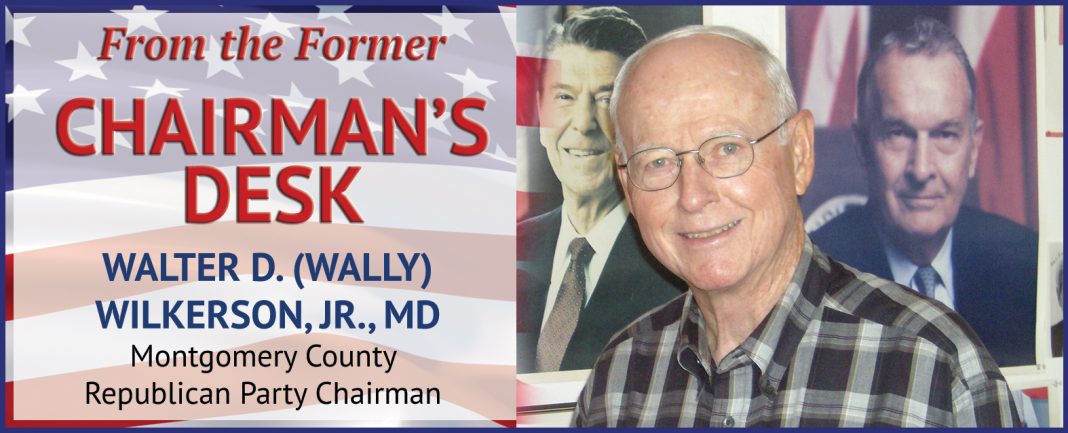Author Richard Brookhiser recently wrote: “The coronavirus needs no introduction. The disease has stalked the globe, slaying tens of thousands, infecting millions, and erasing trillions in economic activity.” But he wondered how this crisis compared to pandemics of the past. “George Washington, who lived through two, offers a handy yardstick”, Brookhiser concluded.
The American Revolution coincided with a smallpox pandemic that covered all of North America. The then unidentified virus first appeared in 1774. Soldiers in American forces began showing symptoms of fever and multiple skin ulcers in mid 1775. Washington suspected that the British had smuggled sick persons into the American ranks. Quarantine was initially used. Smallpox inoculation had not been discovered but an imperfect form was adopted. It consisted of passing a thread through skin ulcers or later known as a skin pox. The thread was then dragged across the skin causing a rash. The thread inoculation resulted in a milder disease and reduced number of deaths from a high of 30%. Washington required his soldiers to be inoculated in their home states and where they were enlisted. But there was no way to ensure consistent and proper inoculation. The British remained clueless until the worst of the pandemic was over and did not take advantage of this opportunity to attack American forces. In 1796 Edward Jenner inoculated a small child with cowpox and ultimately developed a small pox vaccine that saved millions of lives and conquered smallpox.
Brookhiser reported that Washington “encountered his second pandemic early in his second term as president”. In1793, yellow fever struck Philadelphia, then the nation’s capitol and largest city. Yellow fever and its cause were not known to 18th century medicine. The symptoms were fever, chills, bloody vomit and jaundice, the latter providing the yellow in the name of yellow fever. All means of prevention and treatment were tried. Governor Thomas Mifflin gave the order to fire cannons down the streets to clear the air. The governor then left the city
along with most of the other officeholders and workers such as councilmen, aldermen, judges, clerks, brokers, chimney sweeps, constables, nurses, printers, scribes and bankers. By the early fall of that year, 5,000 of those who had been ill died. This was one tenth of the total population of Philadelphia. George Washington began to wonder where the government could meet according to Brookhiser. He moved to Germantown a suburb of the city. On November 10, Washington rode back into Philadelphia alone following one of the first frosts of the year. The near freezing temperature would have killed the mosquitoes, which later were found to cause the dreaded yellow fever disease. Philadelphia apparently looked healthy to Washington and so he ordered the government to resume business.
Brookhiser asked – “What 18th century patterns reappear in the 21st? Dueling ignorance is a hardy perennial. Even when a proven remedy exists, as with inoculation and smallpox, doubters will doubt. When all is uncertain, as with yellow fever, doctors quarrel and, worse, take those quarrels to the media.” J. H. Powell, modern chronicler of pandemics, writes: “It is not deaths that make a plague, it is fear and hopelessness in people”.















